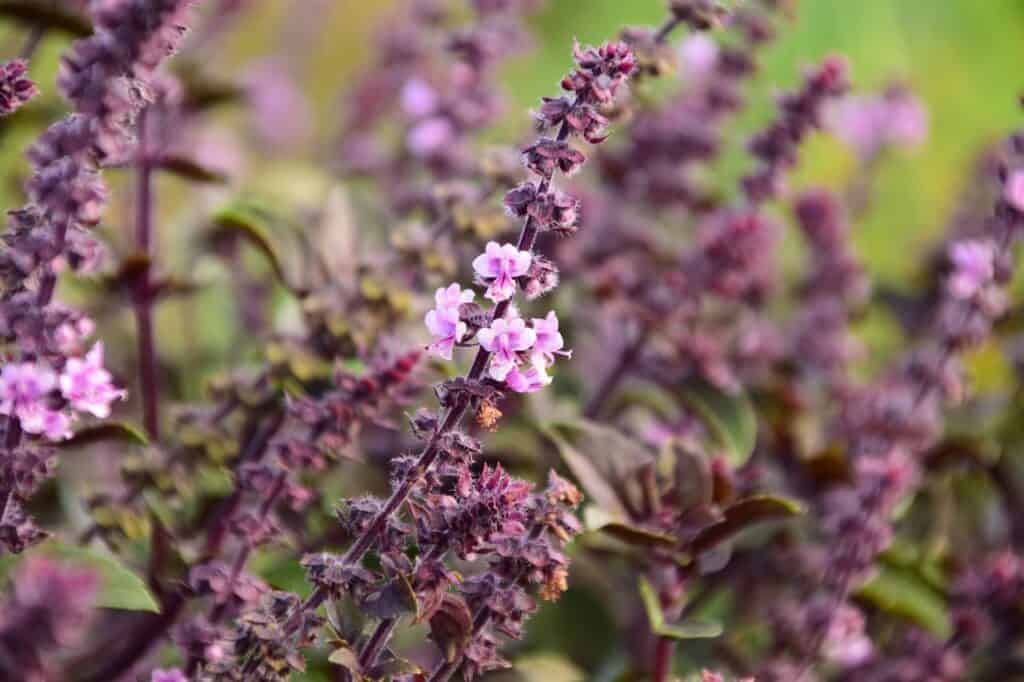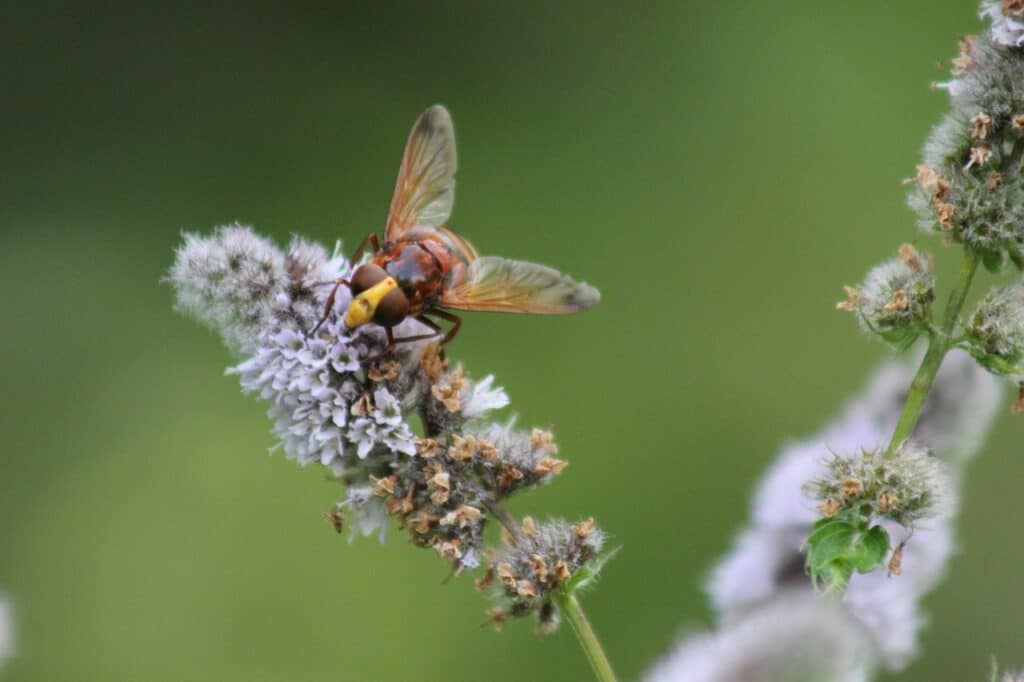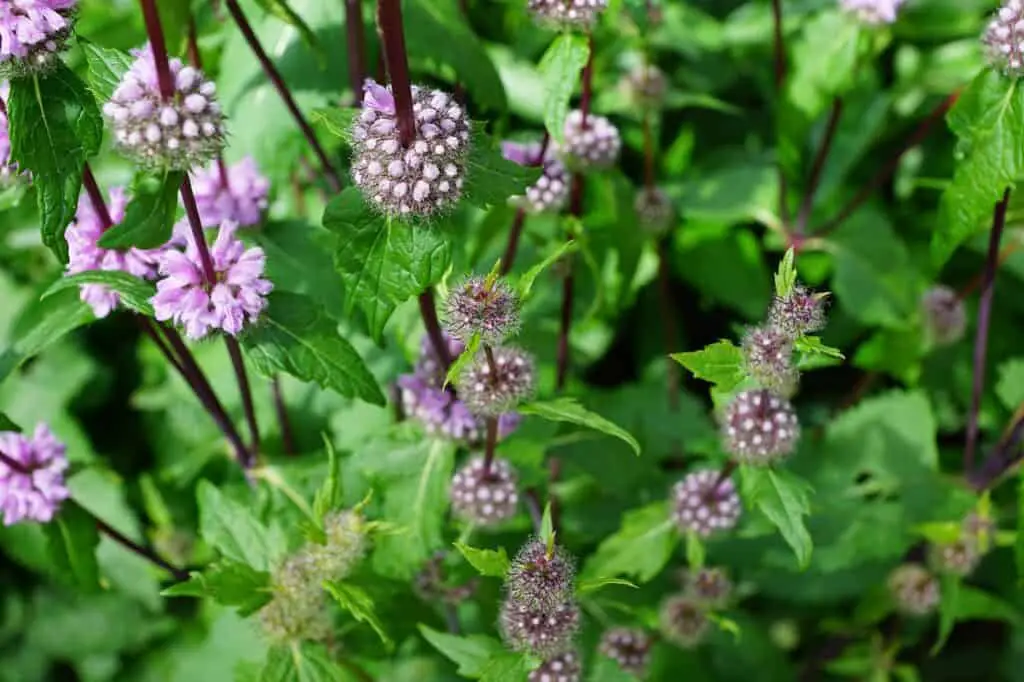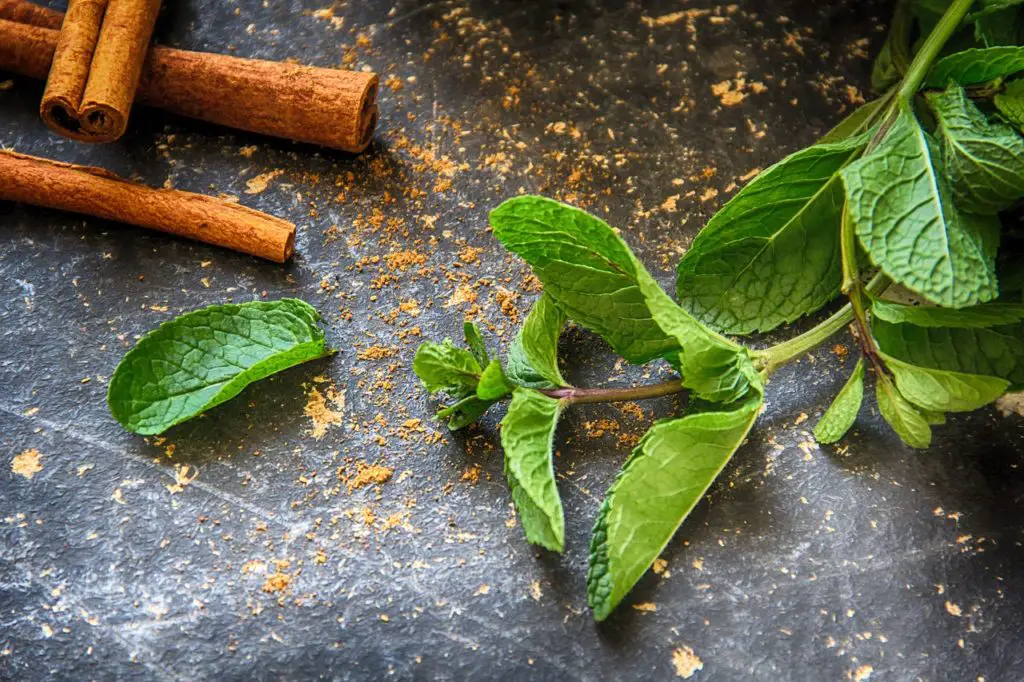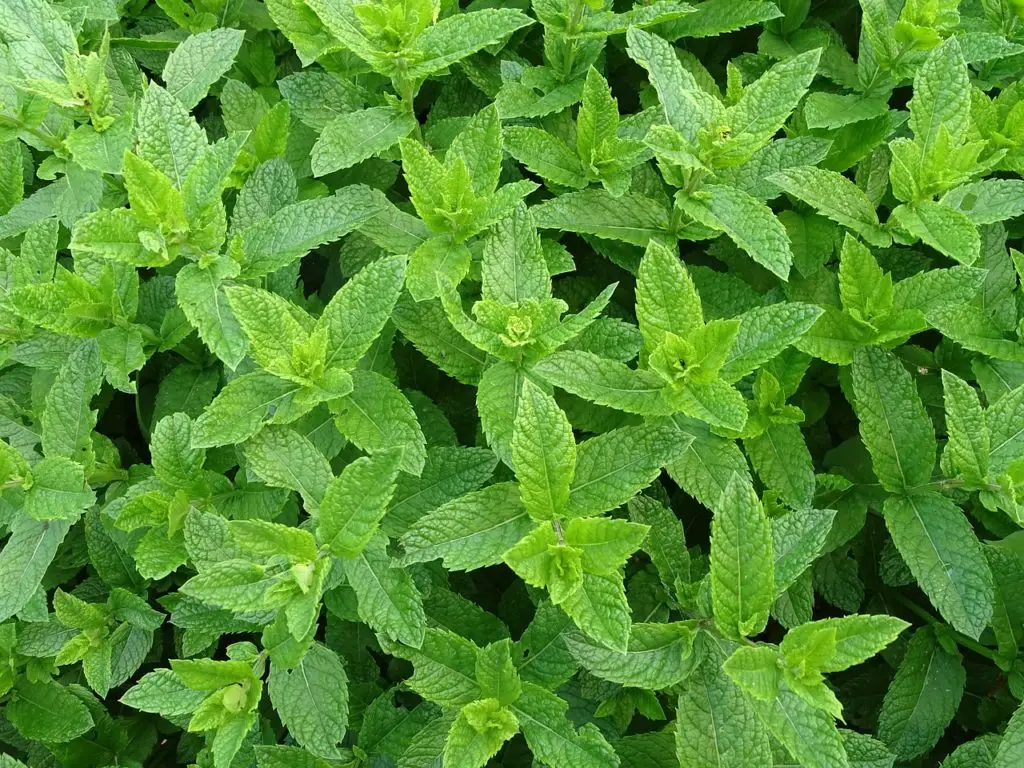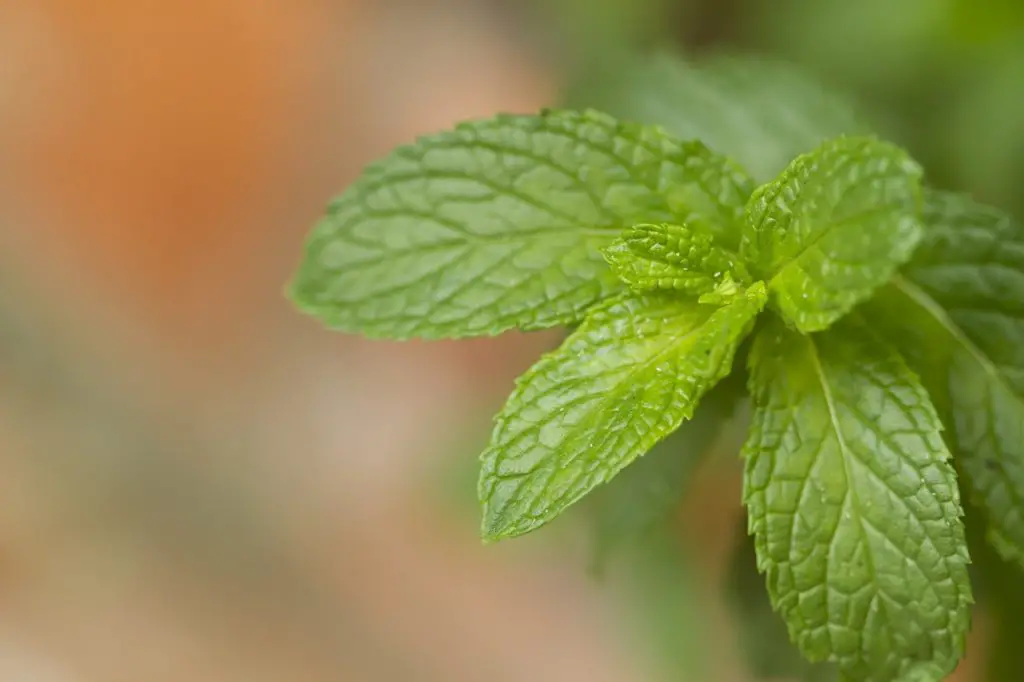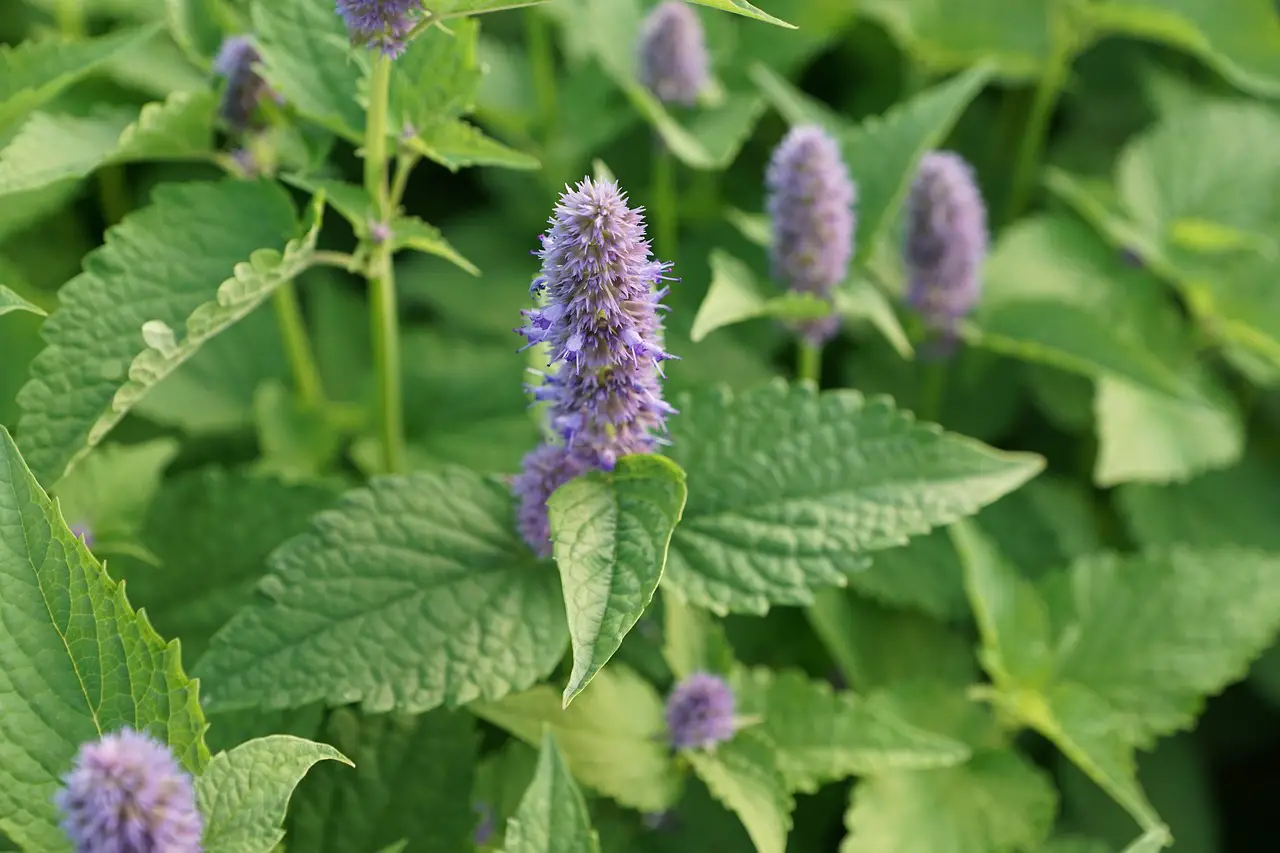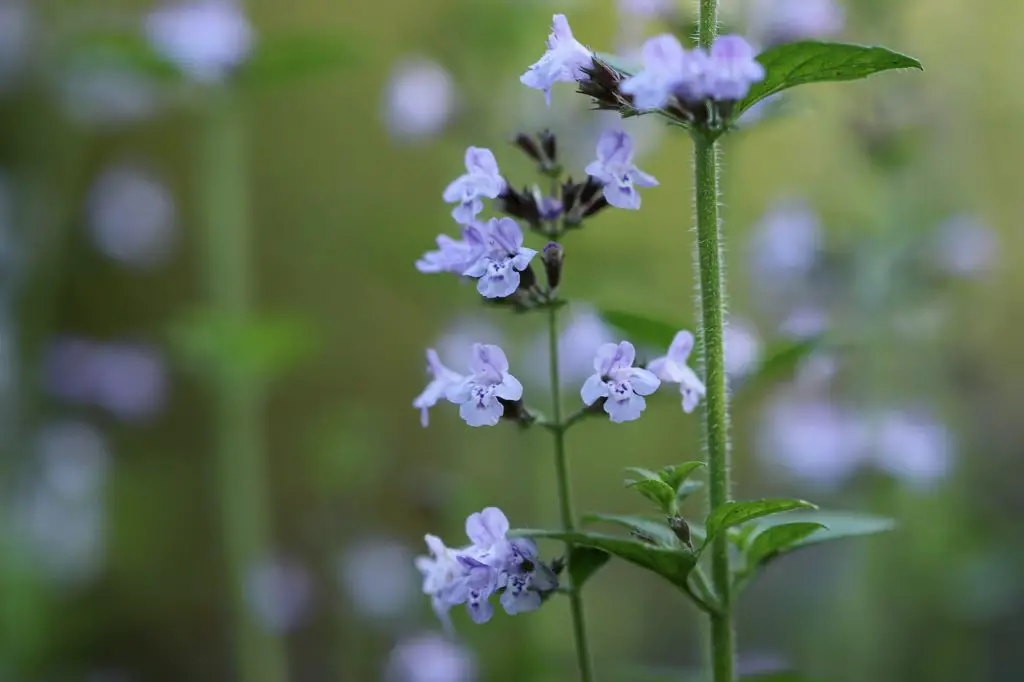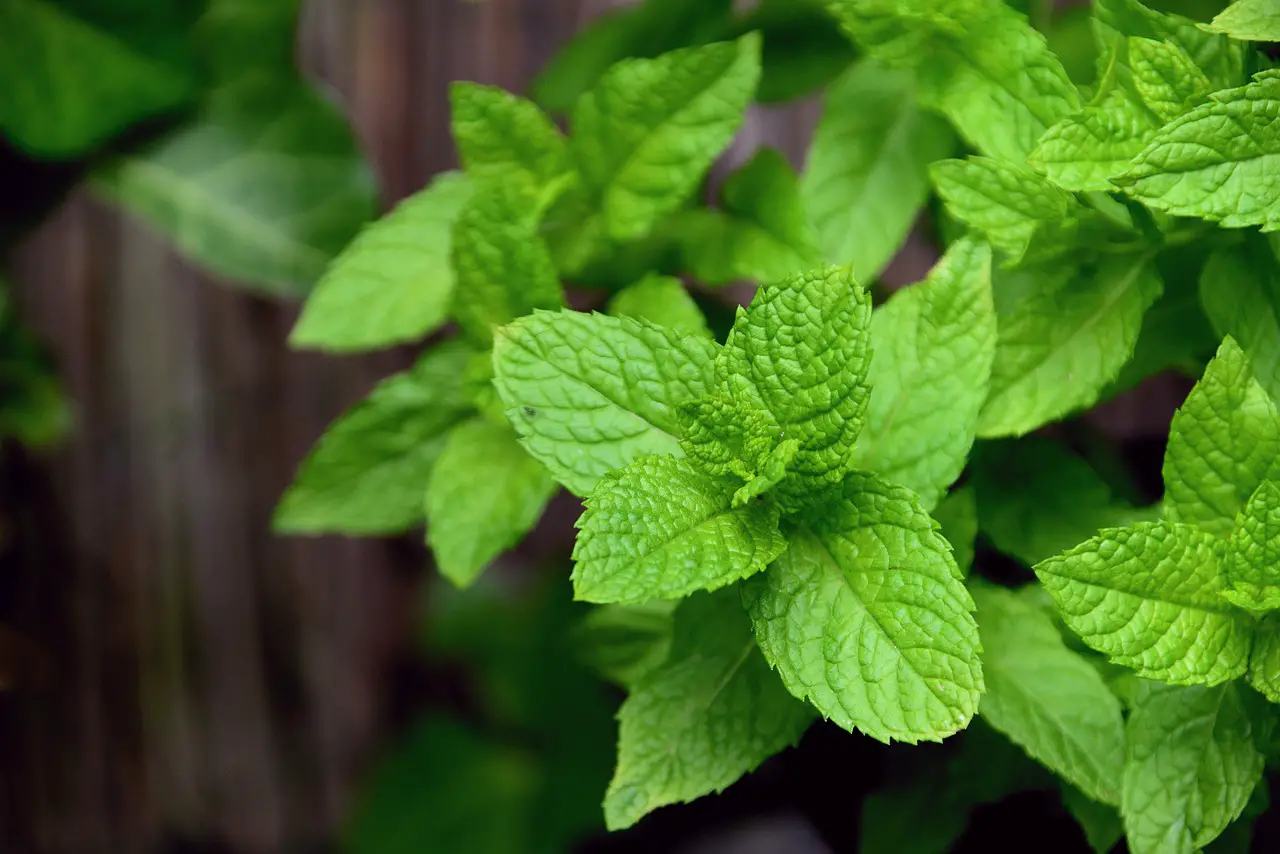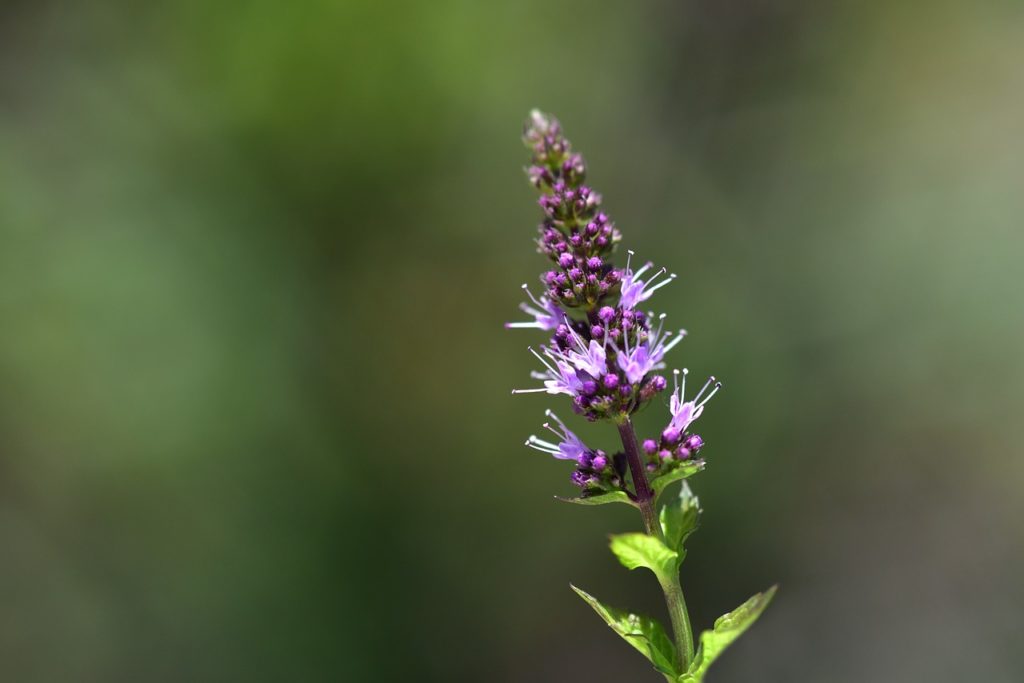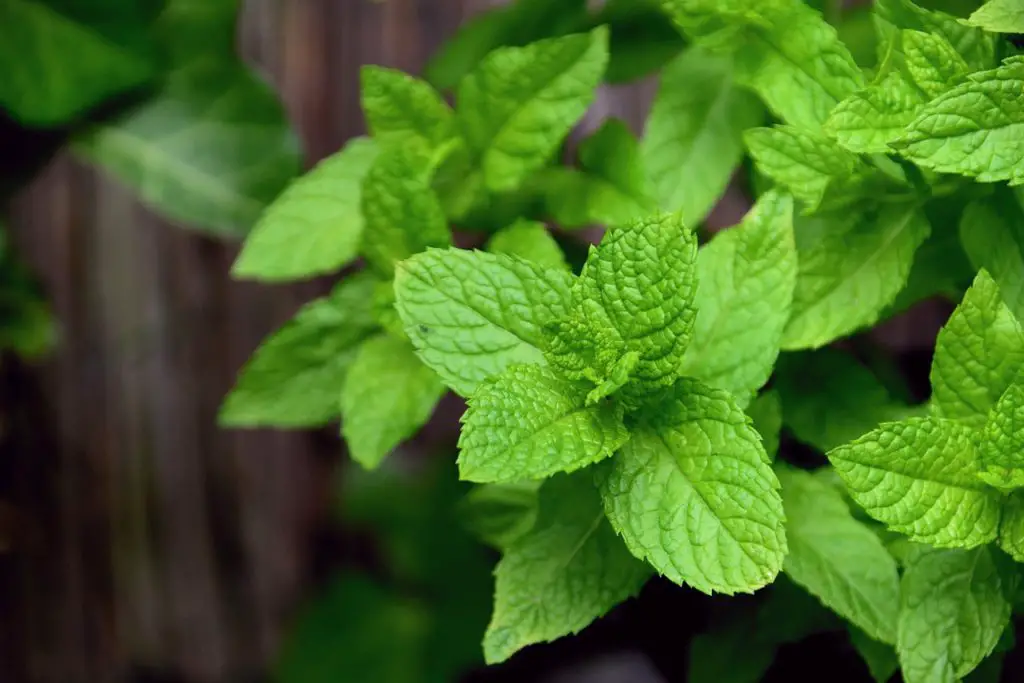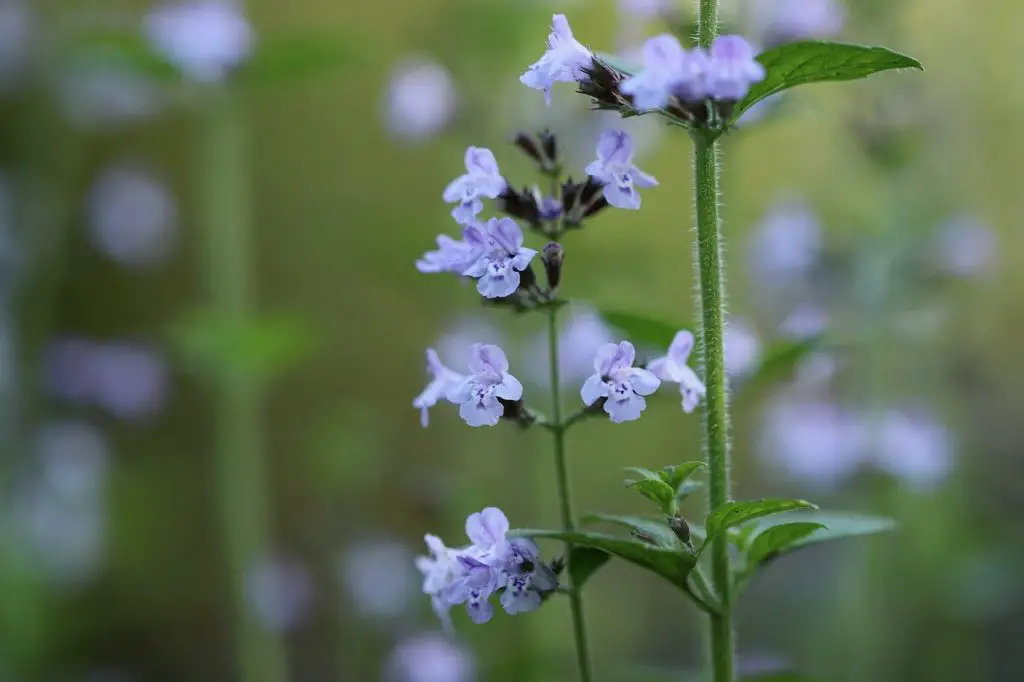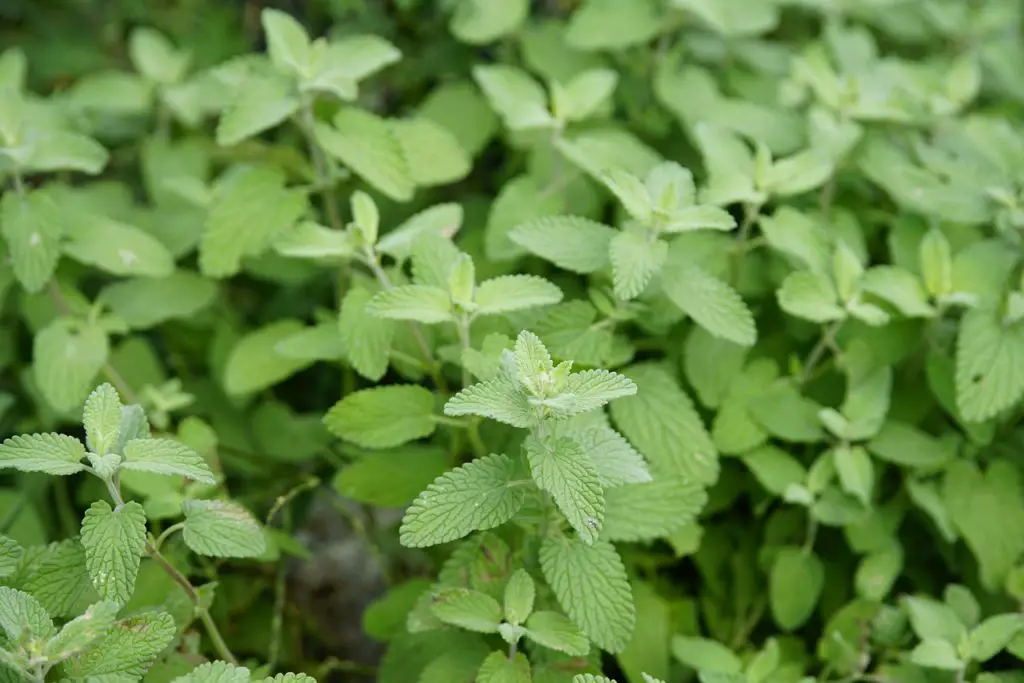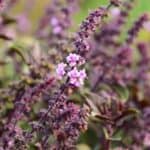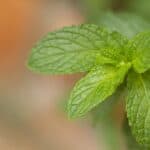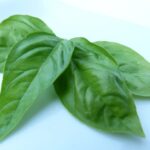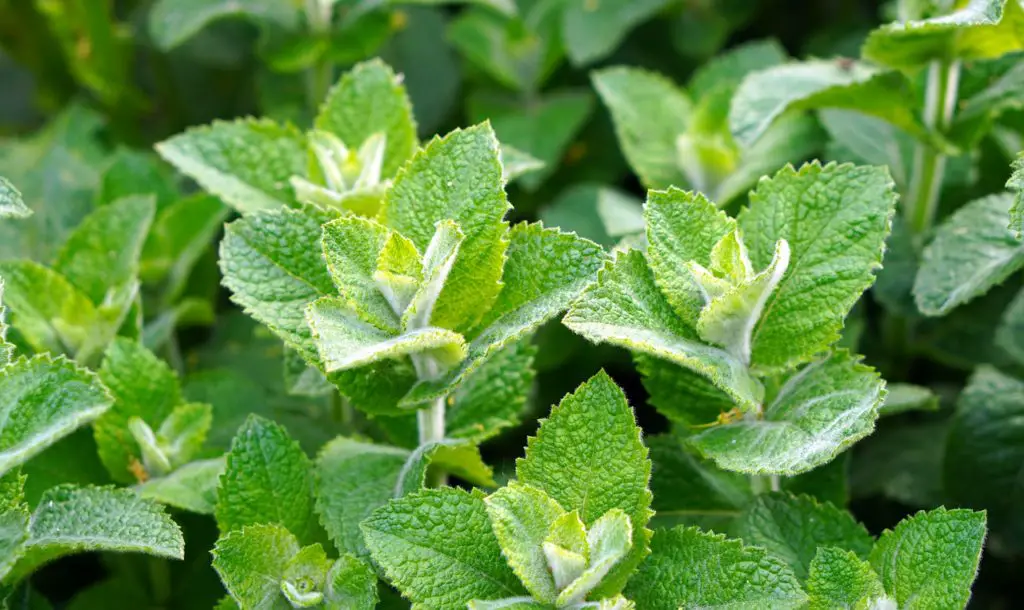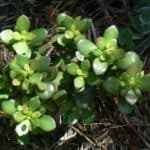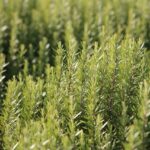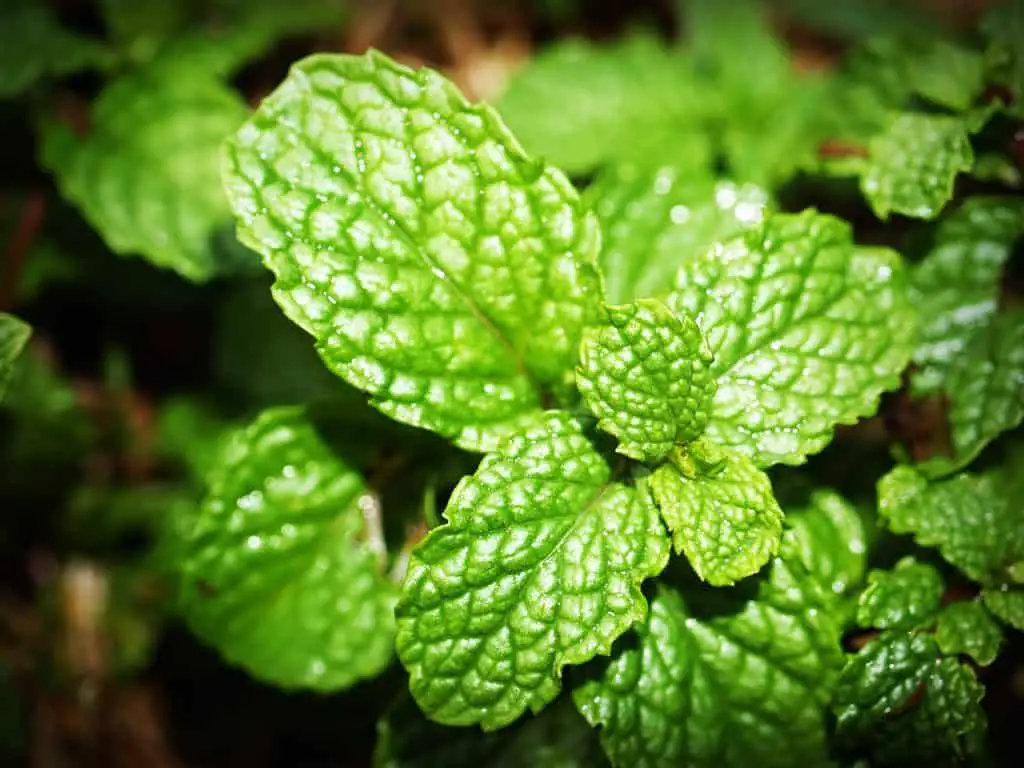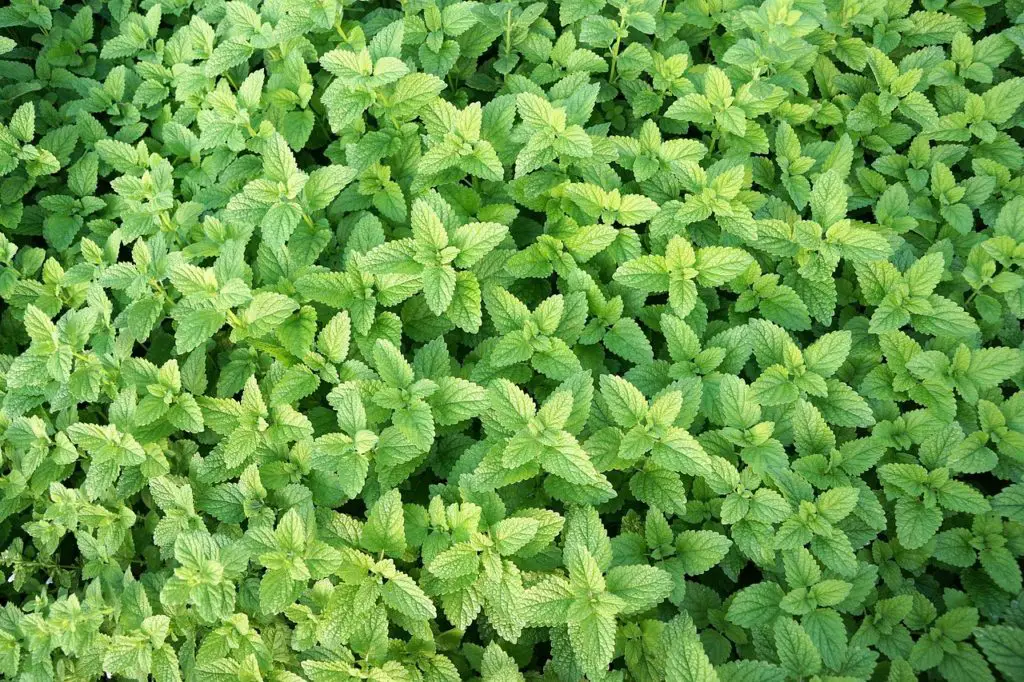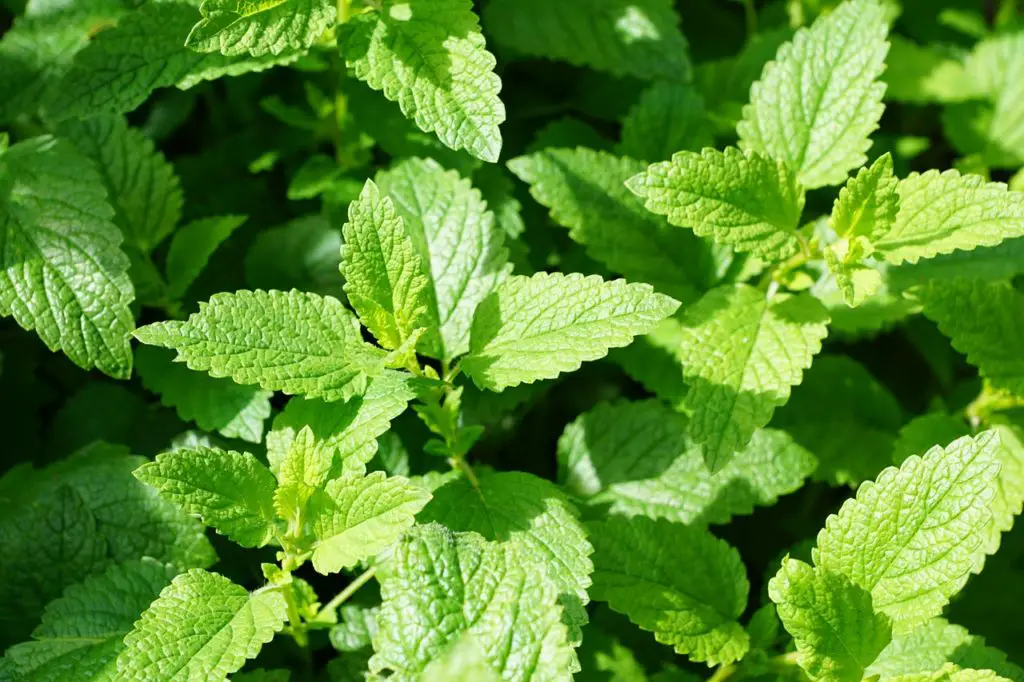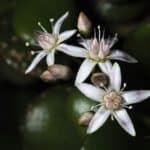In the diverse world of culinary herbs, purple mint leaves stand out not only for their vibrant color but also for their remarkable health benefits. Often overshadowed by their green counterparts, these uniquely hued leaves are a powerhouse of nutritional and therapeutic properties. From enhancing the flavor profile of dishes to offering a plethora of health benefits, purple mint leaves are an intriguing and valuable addition to any diet. This article delves into the various benefits of consuming purple mint leaves, alongside other mint-related topics, to provide a comprehensive understanding of this versatile herb.
Benefits of Consuming Purple Mint Leaves
Purple mint leaves are more than just a colorful garnish; they offer a range of health benefits. Rich in antioxidants, these leaves help combat oxidative stress and reduce the risk of chronic diseases. They also contain essential oils and phytonutrients that can aid in digestion and relieve symptoms of indigestion and irritable bowel syndrome (IBS). Moreover, purple mint leaves have antimicrobial properties, making them beneficial in fighting bacteria and improving oral health. Their calming properties can also help alleviate stress and anxiety, making them a great addition to teas and beverages for relaxation.
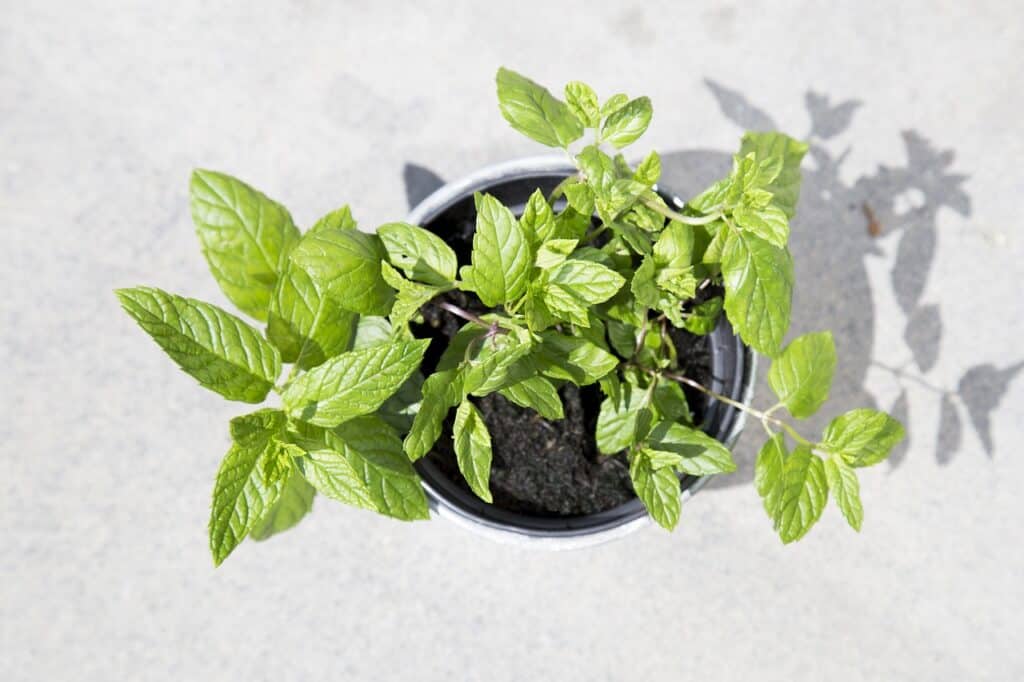
What to Do with Mint
Mint, in its many varieties, is a versatile herb that can be used in numerous ways in the kitchen. Beyond its traditional role in teas and as a garnish, mint can be incorporated into salads, sauces, and dressings to add a refreshing flavor. It pairs well with fruits in smoothies and desserts, and its cooling effect complements spicy dishes. Mint can also be infused in oils and vinegars for a flavorful twist. For a creative use, mint leaves can be frozen in ice cubes to add a zesty touch to water or cocktails.
Spearmint Tea Benefits
Spearmint tea is renowned for its therapeutic benefits. It is known to aid digestion and relieve symptoms like bloating and gas. The tea has a calming effect on the body, making it beneficial for those with anxiety or insomnia. It’s also used to alleviate symptoms of hormonal imbalances, such as in cases of polycystic ovary syndrome (PCOS), by reducing androgen levels. Rich in antioxidants, spearmint tea can help protect the body against oxidative stress and inflammation. Its mild flavor makes it a popular choice for regular consumption.
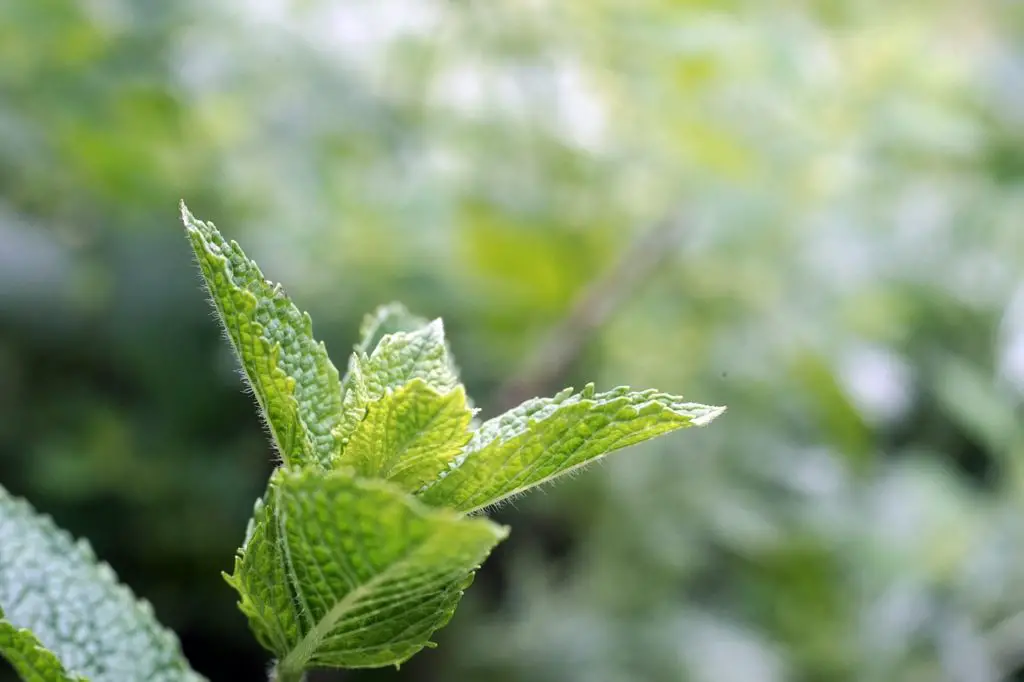
Peppermint Tea Side Effects
While peppermint tea offers numerous health benefits, it’s important to be aware of its potential side effects. In some individuals, peppermint tea can cause heartburn or acid reflux due to its relaxing effect on the sphincter between the stomach and esophagus. People with a history of gallstones should also consume peppermint tea cautiously, as it can trigger gallbladder issues. In rare cases, peppermint tea can cause allergic reactions. It’s advisable for pregnant women and those on medication to consult a healthcare professional before adding peppermint tea to their diet regularly.
Related FAQs
Q: Can purple mint leaves help in weight loss?
Purple mint leaves can be a beneficial addition to weight loss diets due to their low calorie count and potential to improve digestion.
Q: How can I grow purple mint at home?
Purple mint can be grown similarly to other mint varieties, in well-draining soil with adequate sunlight and regular watering.
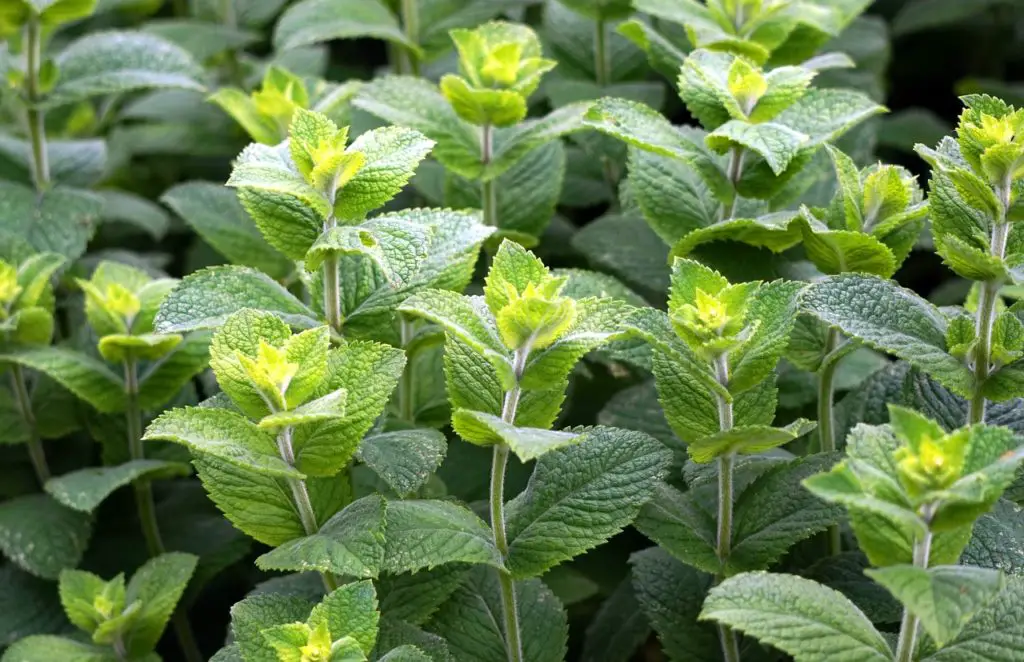
Conclusion
The inclusion of purple mint leaves in one’s diet offers a blend of aesthetic appeal and health benefits. From their antioxidant properties to their digestive and calming effects, these colorful leaves are a nutritious addition to various dishes and beverages. Alongside the versatile uses of other mint types and the benefits of mint-based teas, purple mint leaves stand out as a valuable and delightful herb. However, it’s important to be mindful of the potential side effects, particularly when it comes to peppermint tea, ensuring a balanced and safe consumption.


